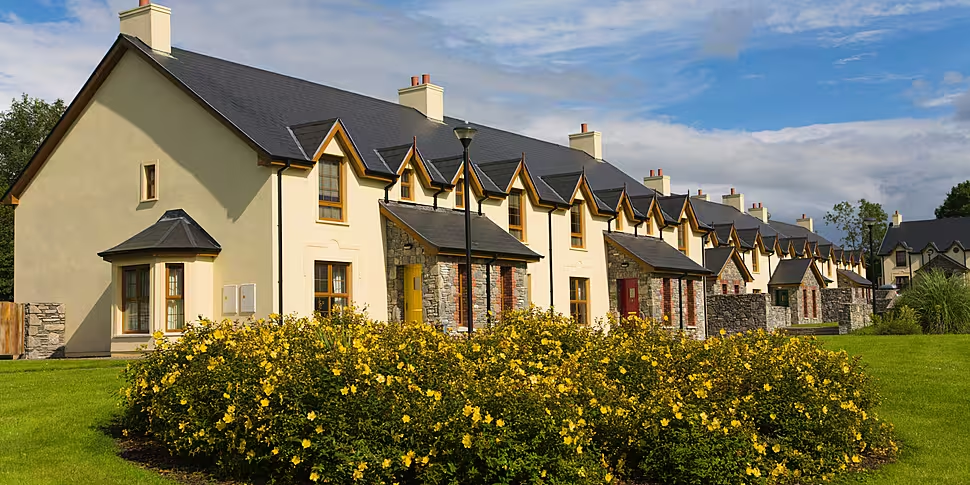As housing supplies worsen, first-time buyers are also grappling with rising interest rates – keeping them from entering the market.
This morning, the latest Daft.ie House Price Report found the number of houses available to buy decreased by 20% in the last year.
The report for the third quarter of 2023 found there were 12,200 houses available to buy nationwide, compared to 15,500 houses available on the same date last year and 24,200 available in 2019.
In Dublin, there were 2,800 houses for sale in the third quarter, a 30% decrease from the same period last year.
Housing supply in Leinster, Munster and Connacht/Ulster were down 15%, 19% and 20% respectively.
On Newstalk Breakfast, Trinity Professor Ronan Lyons said prices are increasing at a lower rate than last year.
"A year ago, prices were increasing about 7 or 8% year on year," he said.
"[It was] higher in Munster, Connaught and Ulster and lower in the cities – that pattern is the same [this year] but at a lower level of increases.
"Dublin prices are up about 1-1.5% year on year, Connaught and Ulster they're up on budget by about 8% year on year.
"The pattern is similar but the increase has slowed down and that's likely not because the supply has improved – in fact the supply has got worse – it slowed because the rising interest rates have cooled off people's ability to pay higher prices."
The EU
The European Union monetary policy has meant that higher interest rates are slowing down demand for many different things, therefore halting further inflation.
Prof Lyons said this does not solve issues within the housing market.
"You can't use a monetary policy at the EU level to solve the issue ... which is the acute lack of housing that is blighting the country," he said.
"If you look at the number of homes available to buy at any particular point in time – during COVID, for obvious reasons, with everything locked down that fell dramatically from about 25,000 to about 10,00 or 11,000.
"It has been recovering a bit – this is up to about 15 or 16,000 – but then in the last year or so it's fallen back again."
Second-hand homes
Prof Lyons said the decrease in available housing is not because of a lack of building new homes, but due to patterns arising in the second-hand market.
"The increase in interest rates has worked in one sense, but it's worked by perhaps going up the second-hand market," he said.
"People who were on lower interest rates who might have moved if they'd stayed low, won't move now because by moving they would lock themselves into higher interest rates – so they'll stay put.
"That affects those who are looking to buy a home for that for the first time."
Building homes
Prof Lyons said new builds are "welcome" and should be increased, but this is not the sole solution.
"We've two million homes and we're building about 30,000 a year – you need the two million homes to also have a certain amount of momentum," he said.
"You've got people who are on high enough incomes that they can still enter the second-hand markets in places like Dublin and they're going to be OK because they may get priced from one market into another but they will be able to find a home.
"The vast majority of first-time buyers require all the help they can get because of the cost of housing relative to their incomes.
"That's at the moment why the new build sector is so important: to allow people to find somewhere to own because owning the mortgage you'd pay is going to be significantly cheaper than the rent on the same kind of property."
You can listen back here:









